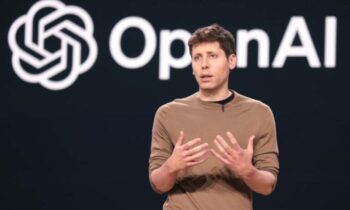
In order to more clearly identify the content it creates, OpenAI has included new watermarking techniques and a tool to determine whether an image was created using its DALL-E AI image generator.
OpenAI revealed in a blog post that it has started working on new provenance techniques to monitor information and demonstrate whether it was created using artificial intelligence. These include a tamper-resistant watermark that may tag content with invisible signals, such as audio, and a novel picture detection classifier that utilizes AI to assess whether the shot was generated by AI.
The likelihood that an image was produced using DALL-E 3 is predicted by the classifier. According to OpenAI, the classifier remains effective even if the image is cropped, compressed, or has its saturation altered. Although the tool has a 98 percent accuracy rate in identifying whether an image was created using DALL-E 3, it performs less well in identifying material that was created using other AI models, only identifying 5 to 10 percent of images created using other image generators, such as Midjourney.
Previously, OpenAI included Coalition of Content Provenance and Authority (C2PA) content credentials to image metadata. Content credentials are essentially watermarks containing details about the creator and owner of the image. OpenAI is a member of C2PA, as are businesses like Microsoft and Adobe. OpenAI also became a member of the C2PA steering group this month.
Additionally, the AI startup started watermarking Voice Engine audio samples. Voice Engine is a text-to-speech technology that is presently under limited preview.
There is further work to be done on both the audio watermarking signal and the image classifier. According to OpenAI, user feedback is necessary to evaluate the efficacy of their system. Using OpenAI’s research access platform, researchers and nonprofit journalism groups can test the image identification classifier.
For years, OpenAI has been attempting to identify content created by AI. However, due to the AI text classifier’s persistently poor accuracy, the program that tried to recognize text generated by AI had to be discontinued in 2023.



